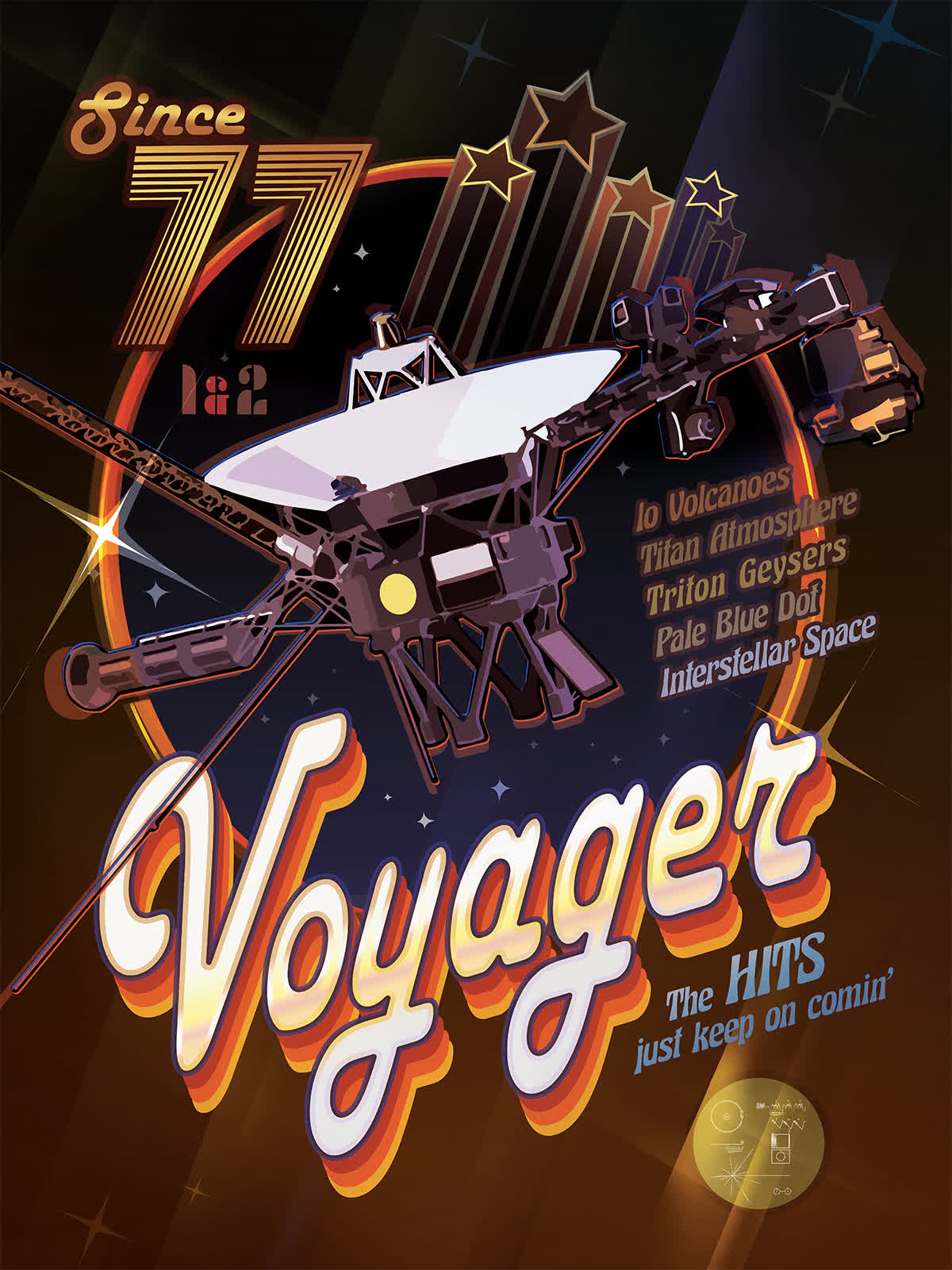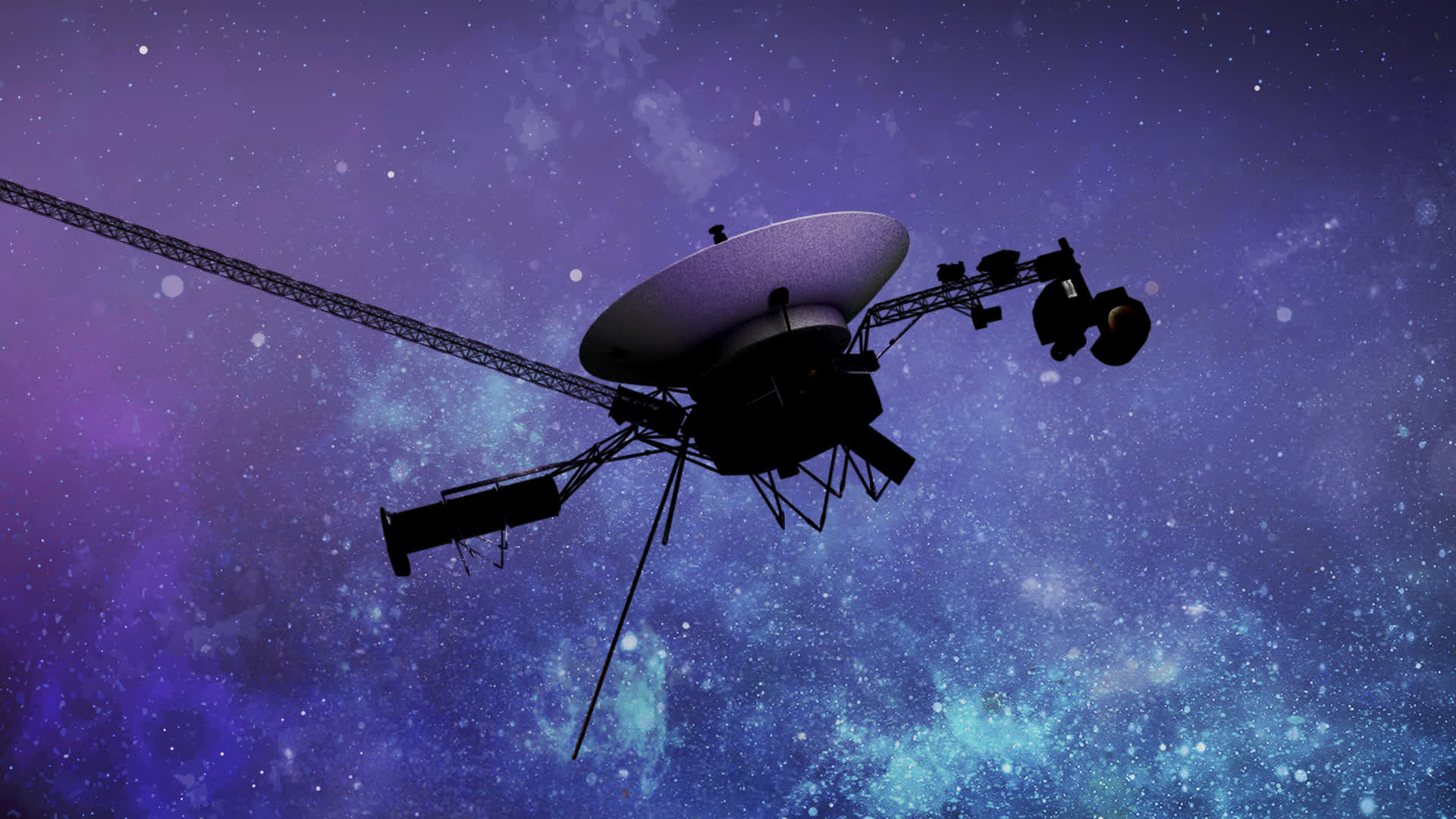In a nutshell: The most distant human-made object from Earth is on life support following a computer glitch late last year that risks ending the mission. In mid-November, the nearly 50-year-old space probe lost the ability to send back crucial telemetry data to engineers here on Earth. Without the valuable insights, flight control specialists have no clue how the craft's power, control, or propulsion systems are doing.
As it stands, Voyager I continues to speed into the unknown at 38,000 mph. It's one of just two craft operating in interstellar space – the other being its twin, Voyager 2, which left Earth 16 days before Voyager 1 back in 1977.
NASA said Voyager I's issues are related to its Flight Data Subsystem (FDS), which collects information from the craft's various science instruments and sensors and bundles it up into a single package for transmission to Earth. Back in November, the data packages started containing a repeated pattern of zeros and ones.
Engineers believe it is a frame syncing issue stemming from corrupted memory in the FDS but without proper telemetry data, it's very tough to pinpoint the location of the bad memory.

Suzanne Dodd, Voyager project manager at NASA's Jet Propulsion Laboratory, told Ars Technica that they haven't given up yet. There are other things they can try, she said, adding that it'd be a miracle if they can get the probe back. It's the most serious problem Dodd has had to deal with since being a project manager, she noted.
One technique NASA plans to try is to switch the FDS into different modes, like the one it used when it conducted its flyby of Jupiter in 1979 and Saturn the following year. The idea is that perhaps a different mode might help isolate the faulty memory. It's risky considering Voyager 1 hasn't used those modes in more than 40 years but at this point, it's a risk versus reward thing. When you're exhausted other options to no avail, anything is worth trying.
